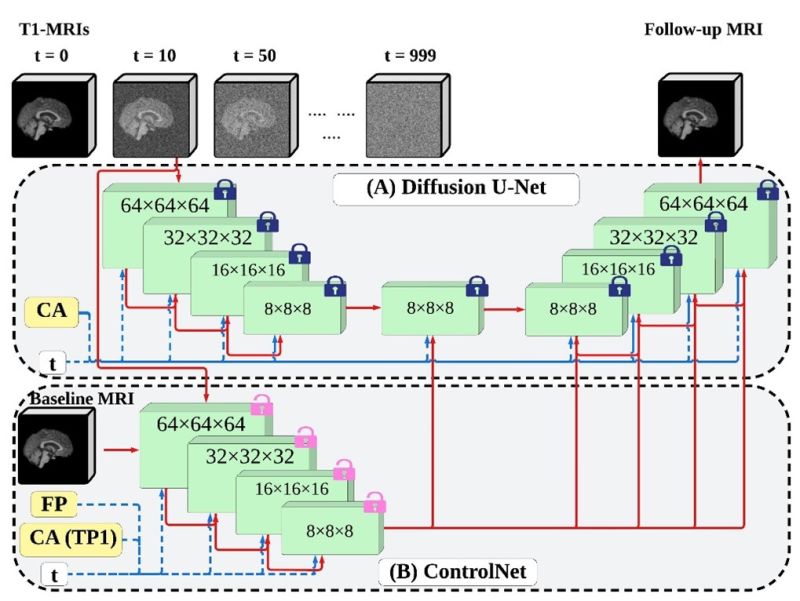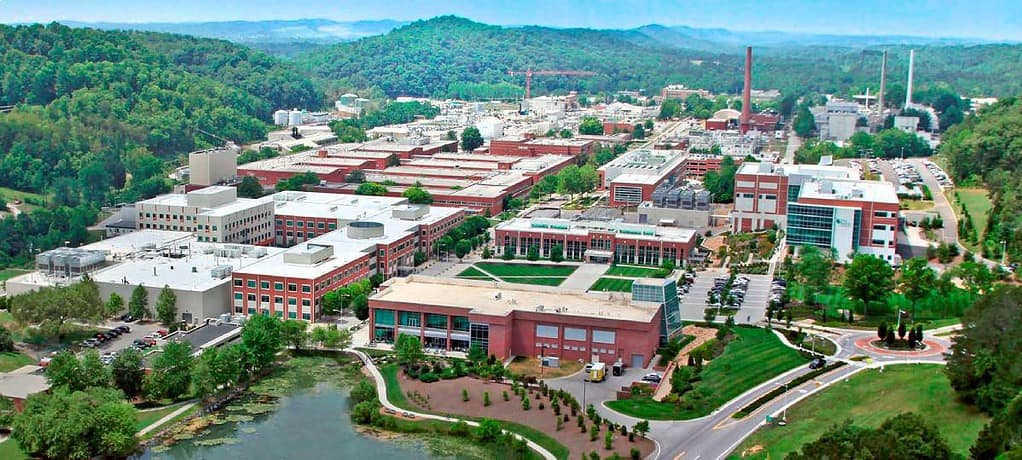Quantum mechanics turns 100 this year, with 2025 declared the International Year of Quantum Science and Technology in honor of Werner Heisenberg’s reinterpretation of quantum theory.
As a field with practical applications, though, you could argue that it is significantly younger.
“Quantum mechanics obviously has been around a long time,” said Jim Roberto, Oak Ridge National Laboratory’s former science director, “but it’s only in the last several decades that we have begun to get the experimental and computational tools that allow us to work effectively in the quantum world.”
Over the last two decades, much of that work has taken place at ORNL.
The lab’s success is due in large part to its ability to anticipate the field’s needs and to develop the expertise and R&D infrastructure to meet these needs.
A solid foundation of science
In the early days, this work was largely self-funded, with support coming from a discretionary program known as Laboratory Directed Research and Development.
“LDRD has been extremely helpful for quantum science at ORNL,” said Warren Grice, Distinguished Researcher and one of the pioneers of quantum science at the laboratory. “It was most helpful in that it allowed us to grow our team and build a very solid foundation of talent here at ORNL.”
This investment in talent meant that when the Department of Energy prioritized quantum science in 2017, ORNL was already up to speed. Consider the following:
- In 2010, ORNL developed a wavelength-division multiplexed quantum communication network that addressed some of the limitations of quantum computing systems at the time. The testbed employed entangled photon quantum communication to add network functionality to quantum computing and spawned a collaboration with the National Institute of Standards and Technology in the development of cheaper and faster self-differencing avalanche photodiode detectors.
- In 2013, the laboratory backed research into quantum state stabilization for unbiased random number generation. This effort sought to remedy the fact that most random number generators are not truly random and can be computationally predictable. The project’s goal was to develop a true random number generator, which would have ramifications for cryptology and cybersecurity.
- In 2015, the LDRD Quantum Initiative prepared ORNL to host the Quantum Science Center, the lab’s flagship program in quantum science and technology.
- In 2017, ORNL’s researchers developed a theoretical paradigm for linear optical quantum computing encoded in the frequency of the photon. This work was partly responsible for ORNL being awarded one of two DOE Advanced Scientific Computing Research Quantum Internet Testbeds. This project also set world records in optical quantum frequency computing.
- Also in 2017, quantum scientists at ORNL tackled the problem of enabling quantum acceleration in scientific high-performance computing. The President’s National Strategic Computing Initiative had identified beyond-exascale technologies as a priority for the development of future computing systems — but integrating quantum systems into existing computational workflows hadn’t been previously achieved.
- In 2018, cybersecurity firm Qrypt, Inc., licensed an ORNL quantum technology with the aim of incorporating its quantum random number generator into the company’s existing encryption platform, enabling virtually impenetrable communications.
- Later that year, laboratory quantum scientists developed a method of performing distinct, independent operations simultaneously on two qubits encoded on photons of different frequencies. Researchers had previously been able to perform only a single operation on two qubits in parallel.
- In 2024, the Heterogenous Quantum Systems LDRD initiative was launched to integrate laboratory capabilities across materials and computing to address the ORNL 10-year roadmap for quantum science research and development.
- In 2025, ORNL institutional investments led to the first on-premises installation of quantum computing systems.
The world changed
In this quantum centennial year, ORNL recalls not only its quantum theory forbears, but also its own quantum R&D forbears — those who had the vision to lay the groundwork for the lab’s current broad capabilities in quantum science and technology.
“For most of the history of quantum information we’ve only used classical tools to study quantum,” Grice said. “The push in the early years was to understand quantum behavior. The interest now is in controlling quantum systems to do things that you can’t do in classical systems.”
“Over the past 20 years the emphasis on research and development in quantum science and technology has become far more significant than it has ever been before,” said ORNL Quantum Science Director Travis Humble. “And I think that the laboratory is in a position to take a leadership role in this field — to have the resources and personnel necessary to make significant impacts for the country and even for the world in the development of these ideas. I think it is an amazing time in the field of quantum science and technology.”
UT-Battelle manages ORNL for the Department of Energy’s Office of Science, the single largest supporter of basic research in the physical sciences in the United States. The Office of Science is working to address some of the most pressing challenges of our time. For more information, please visit energy.gov/science. — Jim Pearce


